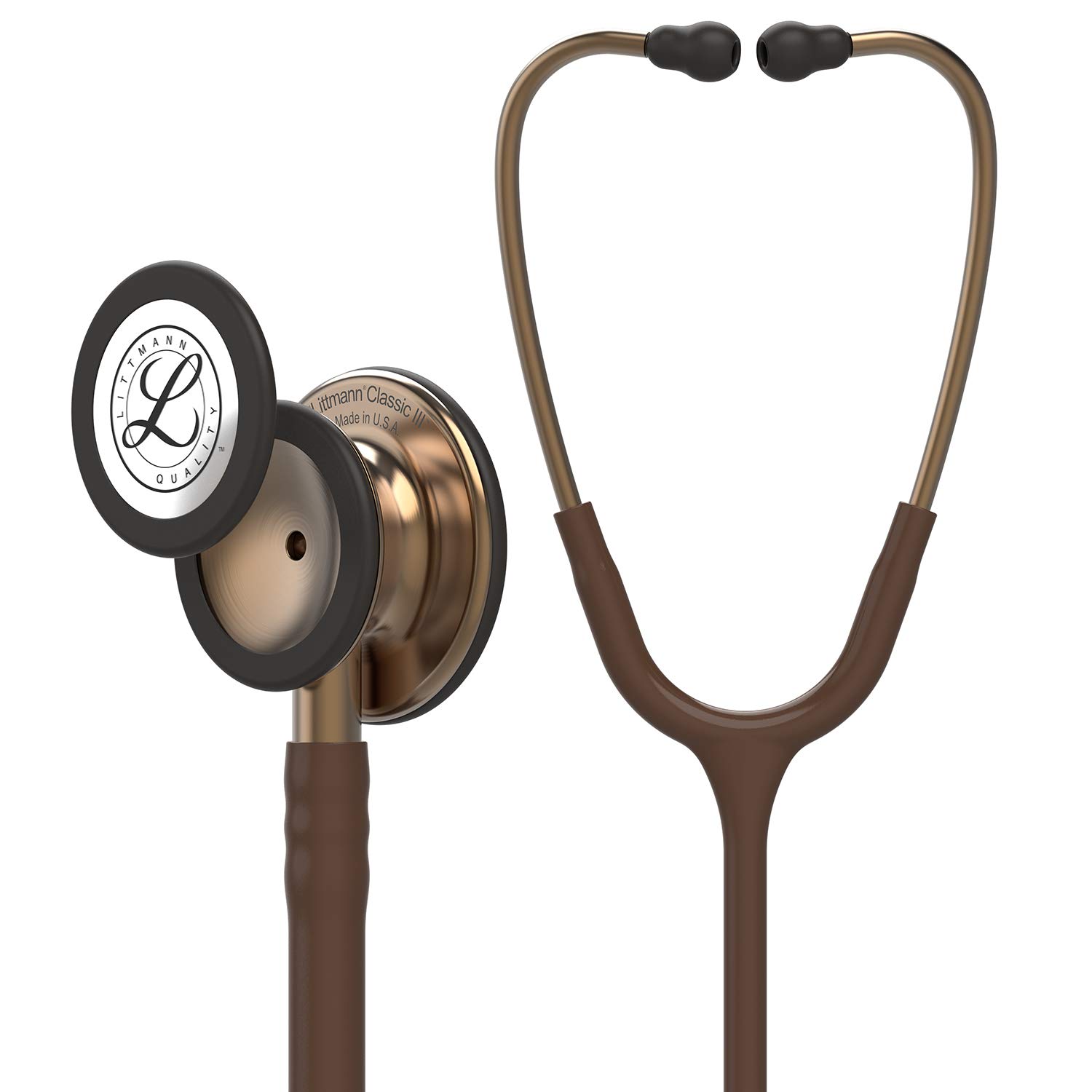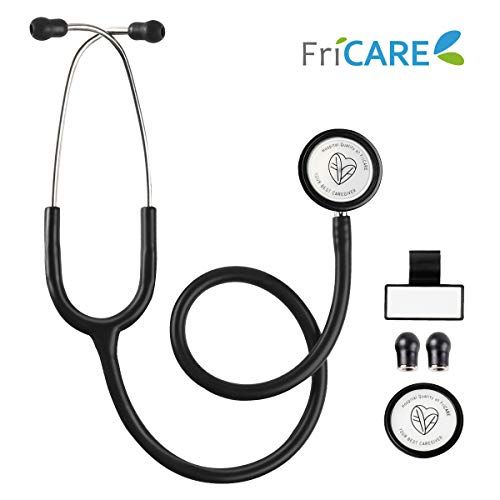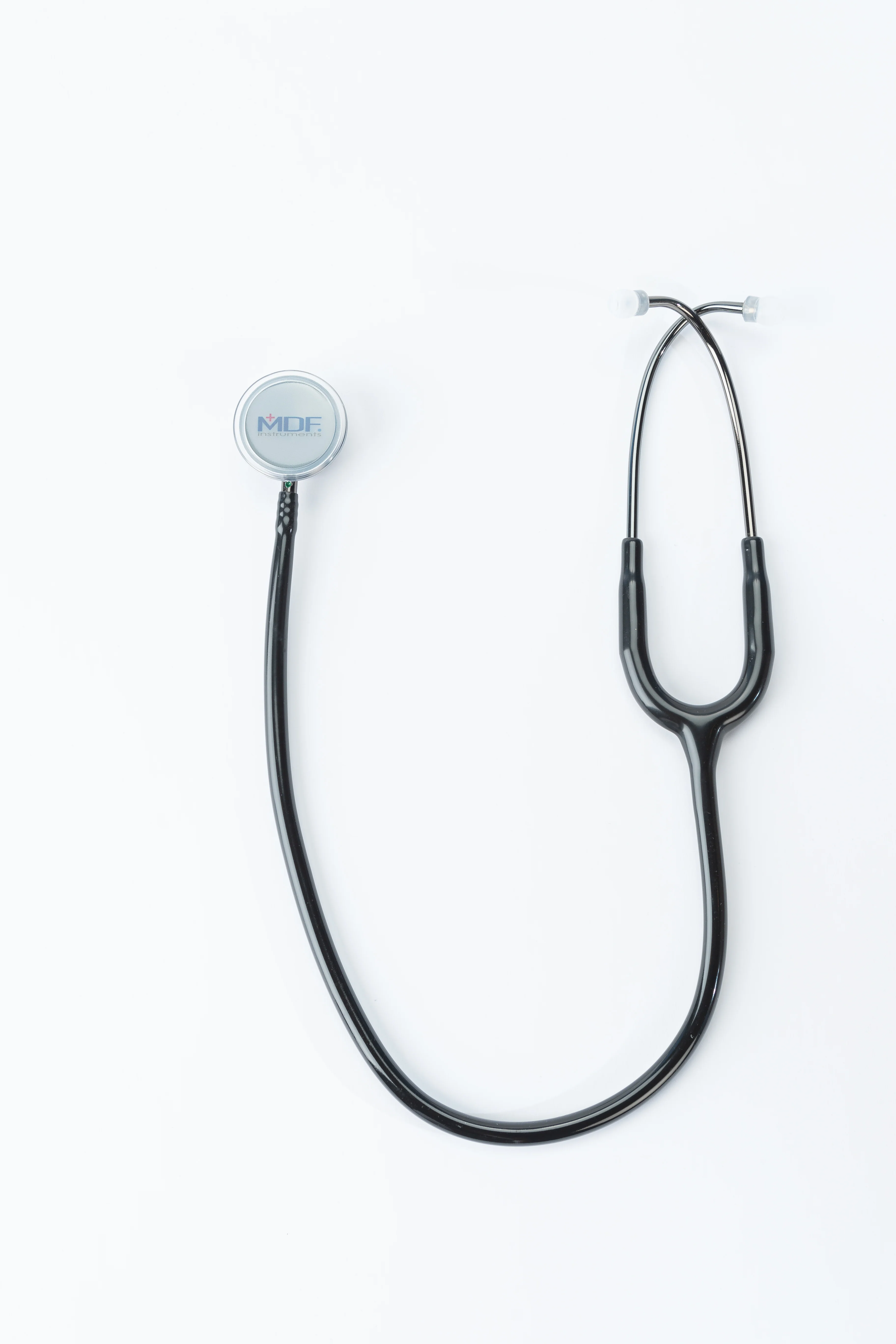The Role of AI in Medical Diagnostics: Revolutionizing Healthcare
The field of medical diagnostics plays a crucial role in evaluating and identifying various medical conditions and diseases. Accurate and timely diagnosis is essential for ensuring effective treatment and improving patient outcomes. Over the years, advancements in technology, particularly in the realm of artificial intelligence (AI), have opened up new possibilities for enhancing the diagnostic process. AI algorithms are revolutionizing the field of medical diagnostics by improving the accuracy, speed, and efficiency of diagnosis.
Understanding Medical Diagnostics
Medical diagnostics involves analyzing symptoms, medical history, and test results to determine the cause of a medical problem and make an accurate diagnosis. Healthcare providers rely on various diagnostic tests, including imaging tests like X-rays, MRI, and CT scans, as well as blood tests and biopsy procedures. These tests help in identifying and diagnosing diseases, monitoring disease progression, assessing treatment effectiveness, and detecting potential health problems before they become serious.
AI-powered diagnostic tools have the potential to transform the field of medical diagnostics by analyzing large amounts of patient data, including medical imaging, bio-signals, vital signs, demographic information, medical history, and laboratory test results. This comprehensive analysis supports healthcare providers in making more informed decisions about patient care.
The Power of AI in Medical Diagnostics
AI algorithms can analyze medical images such as X-rays, MRIs, ultrasounds, CT scans, and DXAs, enabling healthcare providers to identify and diagnose diseases more accurately and quickly. By leveraging AI, healthcare professionals can analyze multimodal data, combining information from various sources to gain a comprehensive understanding of a patient's health and the underlying causes of their symptoms. This integration of data sources reduces the chance of misdiagnosis and improves the accuracy of diagnosis.
The application of AI in medical diagnostics goes beyond image analysis. AI algorithms can process and analyze large volumes of patient data, including electronic health records (EHRs), genetic information, and other relevant data points. This analysis helps in identifying patterns, correlations, and relationships that may not be easily identifiable through traditional diagnostic methods.
Opportunities for AI in Clinical Care
1. Clinical Decision Tools
One of the most promising applications of AI in medical diagnostics is the development of clinical decision support tools. AI algorithms can analyze vast amounts of patient data to assist healthcare professionals in making more informed decisions about patient care. These AI tools outperform traditional tools like the Modified Early Warning Score (MEWS) in predicting clinical deterioration and identifying potential health risks.
AI algorithms are capable of considering a range of different conditions and symptoms, allowing them to provide more accurate and comprehensive diagnostic insights. However, the successful integration of AI tools into healthcare systems requires the support of experts to ensure their safety and effectiveness, as well as the development of robust IT infrastructure and user engagement.
2. Diagnostic and Imaging
AI has made significant advancements in the field of medical imaging, particularly in the detection and diagnosis of diseases. AI-based assistance tools have been developed to aid radiologists in interpreting imaging scans, such as CT scans and mammograms. These tools utilize AI algorithms to analyze and process large amounts of imaging data, improving the accuracy and efficiency of diagnosis.
With the ability to process both structured and unstructured data, AI algorithms have received hundreds of FDA approvals for use in radiology. By leveraging AI technology, healthcare professionals can harness the vast amount of unused imaging data to enhance diagnostic accuracy and provide more personalized patient care.
3. Patient Safety
AI has the potential to enhance patient safety by improving error detection, stratifying patients, and optimizing drug delivery. AI-based systems can evaluate patient data to identify potential diagnoses, problems, or risks earlier, allowing healthcare providers to intervene and change the trajectory of patient outcomes for the better.
For example, AI models can assist radiologists in detecting early-stage cancers and improving patient safety by reducing the likelihood of missed diagnoses. Similarly, AI algorithms can predict six-month mortality scores and other early warning signs, enabling healthcare professionals to take proactive measures and improve patient outcomes.
Emerging Trends in AI and Medical Diagnostics
As the field of AI in medical diagnostics continues to evolve, several emerging trends are shaping its future. Quantum AI (QAI) and General AI (GAI) are two concepts that hold great potential for advancing medical diagnostics.
Quantum AI (QAI)
Quantum computers possess significantly more processing power than classical computers, offering the potential to analyze vast amounts of medical data in real-time. QAI algorithms can optimize decision-making processes in medical diagnostics, helping healthcare providers choose the most effective treatment options based on patient characteristics and medical history.
QAI has the potential to revolutionize medical diagnostics by enhancing prediction accuracy, expediting the learning process, and providing rapid diagnostic models. As quantum computing technology continues to advance, QAI is expected to play a crucial role in improving the efficiency and effectiveness of medical diagnoses.
General AI (GAI)
GAI is being utilized by various projects and companies, including OpenAI's DeepQA, IBM's Watson, and Google's DeepMind. GAI aims to improve the accuracy, speed, and efficiency of medical diagnoses while providing valuable insights and support to healthcare providers. By analyzing vast amounts of medical data and identifying patterns and relationships, GAI has the potential to transform the field of medicine and enhance patient outcomes.
The development and deployment of AI in medical diagnostics are still in their early stages, and several challenges need to be addressed. These challenges include data quality and availability, algorithmic bias, privacy concerns, lack of interoperability standards, and the need for further research and investigation.
The Future of AI in Medical Diagnostics
Despite the challenges, the future of AI in medical diagnostics looks promising. Researchers and healthcare professionals are continuously working towards improving the accuracy and prediction capabilities of AI algorithms. The integration of whole-genome sequencing and other patient data with machine learning algorithms holds great potential for early detection, diagnosis, subclassification, and outcome prediction.
As AI continues to advance, it is important to emphasize that AI is designed to augment traditional care delivery, not replace it. Thoughtful implementation of AI tools can bring about significant improvements in clinical care and patient outcomes. The next five years will be critical for healthcare systems to build the necessary infrastructure and overcome regulatory and ethical challenges to fully harness the potential of AI in medical diagnostics.
In conclusion, AI is revolutionizing medical diagnostics by improving the accuracy, speed, and efficiency of the diagnostic process. AI algorithms can analyze vast amounts of patient data, assist in clinical decision-making, enhance diagnostic accuracy in imaging, and improve patient safety. Quantum AI and General AI are emerging trends that show great promise in advancing medical diagnostics. While challenges remain, the integration of AI into healthcare systems has the potential to transform the field and improve patient outcomes. The future of AI in medical diagnostics is bright, and researchers and healthcare professionals must continue to explore and innovate to unlock its full potential.


